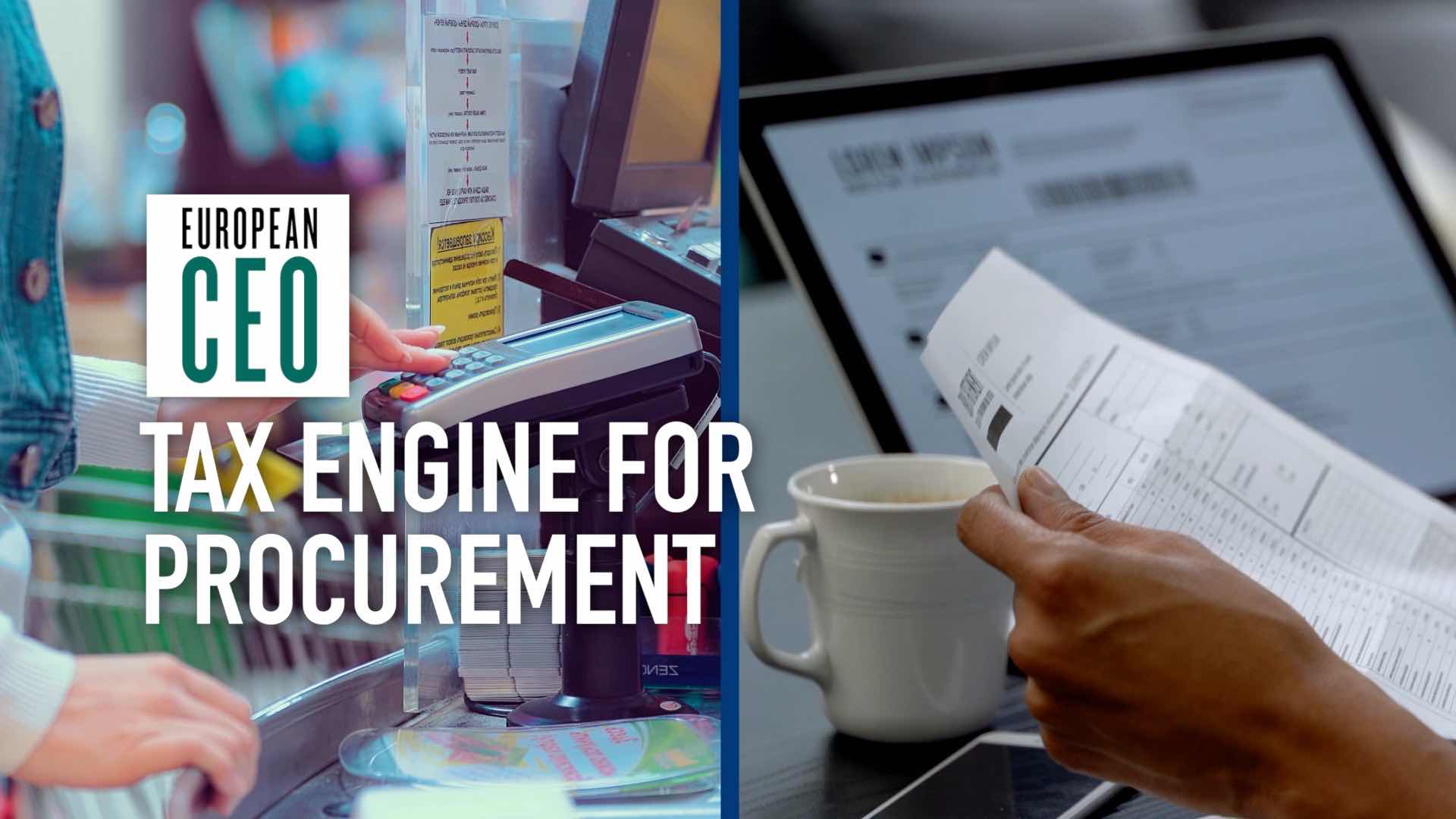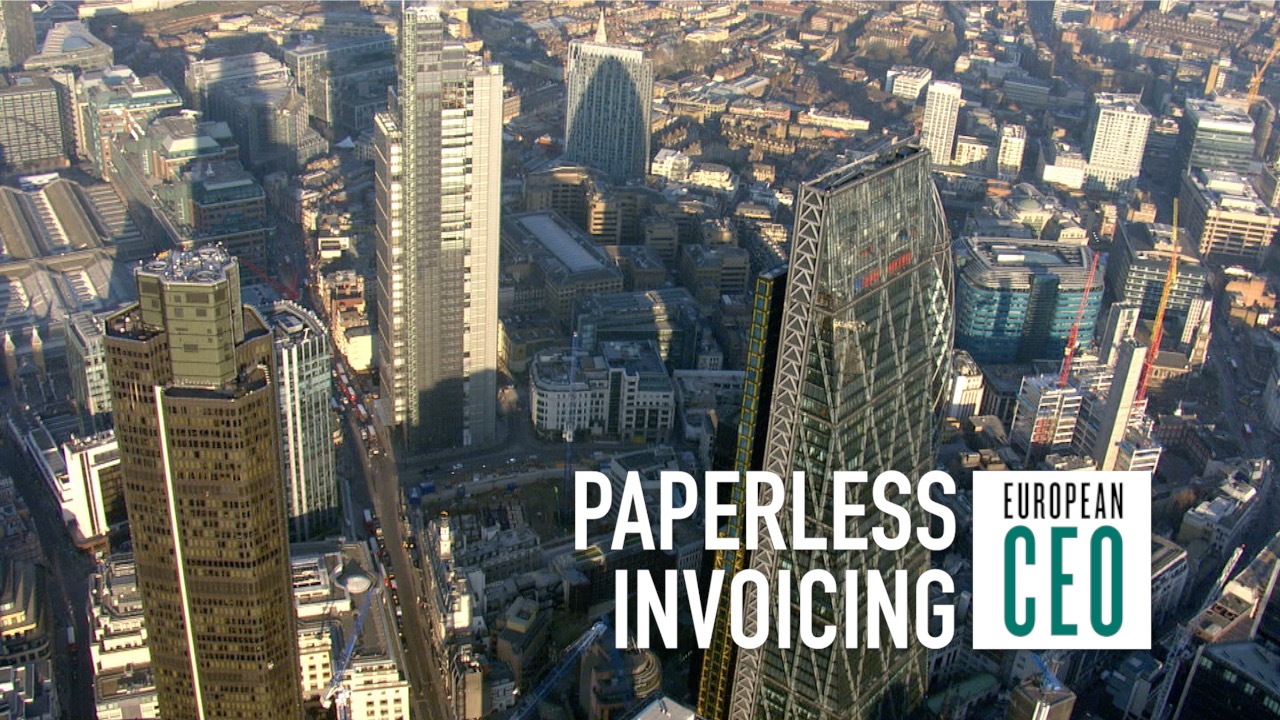Fixing the friction that costs your business 6,500 hours a year
Tungsten Network CEO Richard Hurwitz explains how digital automation can save your accounts department time, money, and an awful lot of stress
Transcript
Imagine a frictionless workplace. A world where everything just goes smoothly, without any of that triple-checking paperwork, fixing human errors, or buzzing phone slowing you down and stressing you out. Business transaction experts Tungsten Network has launched its first Friction Index, to identify those points in the supply chain that still need smoothing out. CEO Richard Hurwitz explains Tungsten’s findings so far, and how much simply removing paper from the procure-to-pay workstream can improve employees’ lives – as well as your bottom line.
European CEO: You began this study in May 2017: what have been your findings so far?
Richard Hurwitz: So Tungsten surveyed about 500 companies around the UK and the US to understand how friction impacted the global supply chain. And what we found is that accounts receivable and payable employees spent 125 hours each week performing manual document checks, chasing exceptions and discrepancies, taking phone calls from their vendors asking about invoices, and then fixing compliance challenges: the correct payment and reclaim of taxes on cross-border transactions.
These activities are unstrategic, they’re a drag on productivity, and when multiplied against the average hourly wage, they’re costing companies nearly £89,000 a year. Exposing them to undue risk and a loss of control.
Of course, these frictions are easily removed by automating the procure-to-pay workstream.
European CEO: What is stopping companies from engaging with digital automation?
Richard Hurwitz: So the reason is not what we would expect. It’s not budgetary constraints or legacy systems: but rather, the culprit is corporate culture. The inertia that inevitably creeps in against change.
Another challenge that we see is that the benefits accrue when a corporation is connected digitally to its supply chain. Well that’s a rigorous job of on-boarding all of the vendors on a master list.
Tungsten Network has worked over the last 15 years to perfect its methodology in that way, and has a set of best practices that make that on-boarding seamless, and one that doesn’t burden a company’s resources in a meaningful way.
Once that digital dynamic is in place, those vendors are highly satisfied. They benefit from faster payments, they save costs associated with reworking exceptions, and it allows them to become more strategic with their customer. And that’s very powerful.
European CEO: Your study identified the top five causes of friction: how can automation help?
The single biggest way to eliminate the errors that creep into a paper-based process is by connecting invoices to a purchase order. And once done digitally, there is no longer room for error.
At the Tungsten Network, vendors come to that space in order to receive their orders and that vendor is able to deliver the invoice right back at the same portal. Matched against the purchase order to ensure that all the buyer’s business rules – and the local tax and regulatory requirements – are intact.
And then check and see that the customer has received the invoice, the invoice is being processed, and here’s a date when that invoice is going to be paid.
When you and I send an overnight package through FedEx, we no longer have to call FedEx up and enquire about our package. We’re receiving the same set of statuses at their portal. And in fact now through a text on our mobile device.
That eliminates the anxieties associated with paper-based processes, and reduces friction in a global supply chain.
We had a very large global pharmaceutical company, that took about 5,200 vendor calls each month, asking about the status of their invoice. Once joining the Tungsten Network, those calls dropped down to below 1,500 a month. And that pharma closed that call centre.
That’s a demonstrable ROI. And by the way – a much better vendor experience.
European CEO: So how is the Tungsten Network embarking on its own digital journey?
Richard Hurwitz: We’re a big believer in eating our own cookie. So besides advising corporations on how to benefit from a digital transformation in their procure-to-pay workstream, we’re doing that for our own account.
So today, Tungsten makes use of its workflow tools in order to approve and manage purchase orders, and our supply chain delivers invoices to the Tungsten Network, matched against those purchase orders.
In doing so, we have seen the cost of our F&A department decline significantly, and the experience of our supply dynamic improving immensely.
European CEO: What do you hope to see from your findings next year?
Richard Hurwitz: We hope to see a reduction in friction in the global supply chain, driven through awareness. In fact, I would encourage corporate CFOs to come to frictionfinder.com and take our survey.
At Tungsten, we really believe removing paper from the procure-to-pay workstream is a no-brainer. Through the elimination of these non-productive, tedious, manual tasks: we increase the velocity at which working capital is returned to corporate balance sheets. And that’s the grease that helps economies grow.
European CEO: Richard, thank you very much.
Richard Hurwitz: Paul, thank you.


 Vertex tax technology: Why add a tax engine for procurement
Vertex tax technology: Why add a tax engine for procurement How paperless procure-to-pay can save time, money, and the economy
How paperless procure-to-pay can save time, money, and the economy